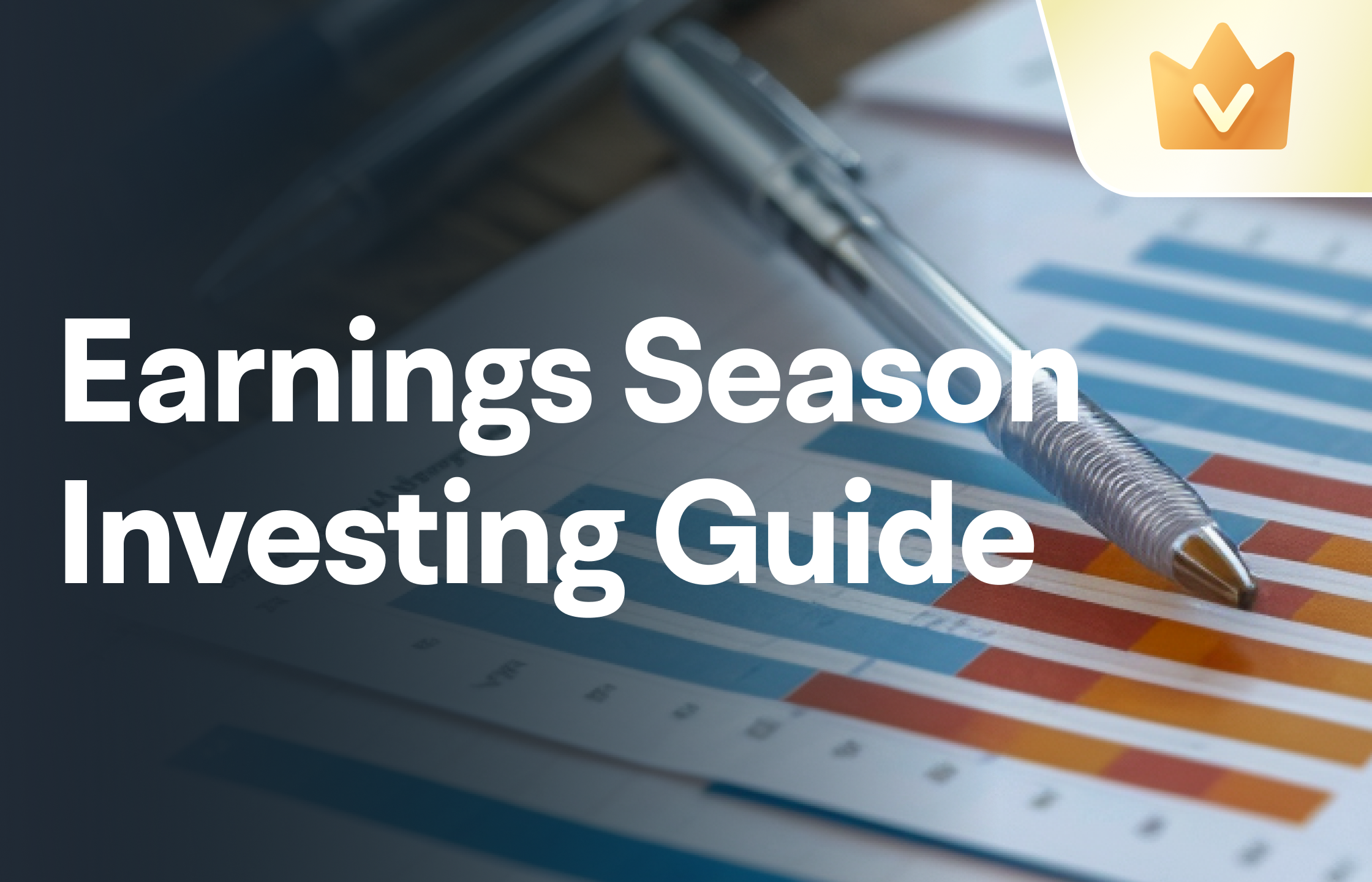When Alibaba Cloud demonstrates the combination advantages of "powerful models + sufficient computing power + complete cloud platform," does it validate the investment logic similar to North American Cloud Computing providers last year?
On Lunar New Year's Eve, as the global Chinese community welcomes the Spring Festival, the electronic screen of the New York Stock Exchange displays,$Alibaba (BABA.US)$The stock prices of the US market showed significant fluctuations before the market closed—rising quickly from a 1% increase to 6.7%.
Behind the market fluctuations is a silent technical surprise attack.
 In the early hours of January 29, Alibaba's Tongyi Qianwen team quietly launched the model Qwen2.5-Max, which demonstrated performance on par with the world's top models in multiple authoritative benchmark tests.
In the early hours of January 29, Alibaba's Tongyi Qianwen team quietly launched the model Qwen2.5-Max, which demonstrated performance on par with the world's top models in multiple authoritative benchmark tests.
Following DeepSeek, the release of Qwen2.5-Max marks another significant breakthrough for China's AI camp in the high-performance, low-cost technology route.
Market analysts note that there was an excessive focus on DeepSeek before, neglecting the overall progress of China's AI, including Alibaba's Tongyi. Industry media 'Information Equalization' stated that if Alibaba's Qwen-2.5-max indeed outperforms V3 this time, there can be greater expectations for its RL inference model.
Furthermore, when Alibaba Cloud showcases the combined advantages of 'powerful models + ample computing power + complete cloud platform', does it validate the similar investment logic of North American Cloud Computing providers last year? If U.S. stocks are valued at an overall increase of 10 trillion dollars due to AI, has the time for the revaluation of China's AI assets arrived?
Fully benchmarked against the world's top models, achieving a million token milestone.
Qwen2.5-Max adopts a large-scale MoE (Mixture of Experts) architecture, based on pre-training data of over 20 trillion tokens.
In several authoritative assessments, including testing university-level knowledge with MMLU-Pro, evaluating programming ability with LiveCodeBench, overall capability assessment with LiveBench, and approximating human preferences with Arena-Hard, the model has demonstrated performance on par with or even surpassing DeepSeek V3, GPT-4, and Claude-3.5-Sonnet.
The Alibaba team stated that with continuous advancements in post-training techniques, the next version is expected to reach even higher levels.
The Qwen2.5 team simultaneously released two innovative models: Qwen2.5-7b-instruct-1m and Qwen2.5-14b-instruct-1m. These open-source models support a context window of up to 1 million tokens, becoming the first public models available at this scale in the industry.
These models use sparse attention, focusing only on the most important parts of the context. This method processes million token inputs 3 to 7 times faster than traditional methods, with an output length of up to 8000 tokens. However, this requires the model to identify key paragraphs in the contextual documents, a task that current language models often find challenging.
In tests, both the 14B model and Qwen2.5-Turbo achieved perfect accuracy in locating hidden numbers in very long documents. The smaller 7B model also performed well, with only minor errors.
In more complex context tests such as RULER, LV-Eval, and LongbenchChat, the performance of the million-token model outperformed the 128K token model, especially in sequences longer than 64K tokens, with the 14B model scoring over 90 in RULER for the first time in the Qwen series, consistently beating GPT-4o mini across multiple datasets.

Is it time to reevaluate China's AI assets as a whole?
If the emergence of DeepSeek V3 showcases the sharpness of China's AI, then this breakthrough by Alibaba represents a deep evolution of the industrial ecosystem.
On the day of the Qwen2.5-Max release, Alibaba Cloud's Bailian platform simultaneously opened up full toolchain support, allowing developers to call directly in the cloud. This "supercomputing cluster + open-source ecosystem + cloud-native" triadic architecture reflects a mirrored business model with the major North American cloud computing service providers AWS, Azure, and GCP.
Furthermore, according to the latest research report from Morgan Stanley that we mentioned earlier, low-cost high-performance models will also reshape the landscape of datacenters and the software industry:
For China's datacenters, in the short term, if large technology companies adopt similar technological routes, it may reduce AI training-related demands. However, in the long term, low-cost models will drive growth in inference demand, which will have a bullish impact on datacenters in first-tier cities;
For the Chinese software industry, the reduction in AI model costs will lower the threshold for applications running AI functions, thus improving the industry environment from the supply side.
If Alibaba's Qwen-2.5-max performance truly meets expectations, along with its cost advantages and complete cloud ecosystem, it may trigger a new round of revaluation of China's AI Assets following DeepSeek.
Futu offers 5x24 hour trading for US stocks, making it convenient to enter and exit anytime.Come and experience it now >>
Editor/danial


 1月29日凌晨,阿里通义千问团队悄然上线的大模型Qwen2.5-Max,在多个权威基准测试中展现出与全球顶级模型比肩的性能。
1月29日凌晨,阿里通义千问团队悄然上线的大模型Qwen2.5-Max,在多个权威基准测试中展现出与全球顶级模型比肩的性能。









Comment(23)
Reason For Report